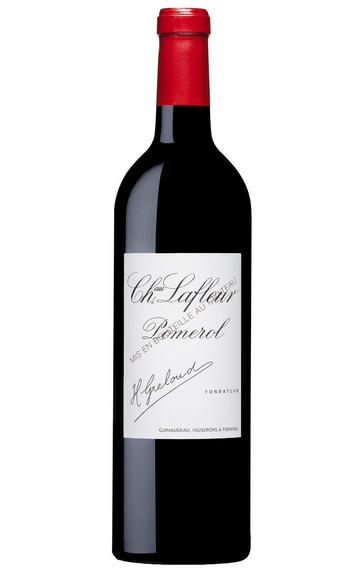
2000 Château Lafleur, Pomerol, Bordeaux
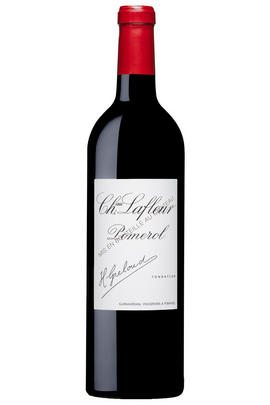
Critics reviews
Neal Martin - 30/06/2016
About this WINE
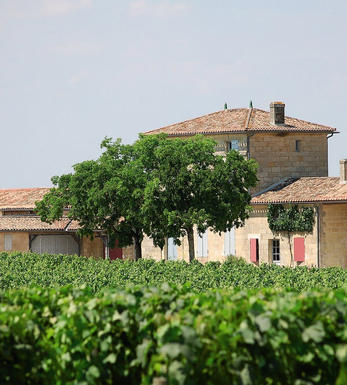
Chateau Lafleur
Château Lafleur is A tiny 4.5-hectare Pomerol property located opposite Pétrus and producing wines of comparable quality. Lafleur is owned and run by Sylvie and Jacques Guinadeau. Its vineyards are situated on the gravel-rich Pomerol plateau and adjoin those of La Fleur-Pétrus. The soils here are particularly deep and are enriched by deposits of potassium and iron. Only natural fertilisers are used and yields are painfully low, even by Pomerol standards.
Lafleur's wine is typically a blend of Merlot (50%) and Cabernet Franc (50%). It is aged in small oak barrels (50% new) for 18 months. Wines from Lafleur display a spectacularly intense perfume (partly attributable to the high percentage of Cabernet Franc in the blend) and display layers and layers of concentrated, black fruits, minerals, tobacco spices and creamy liquorice on the palate. The best vintages can last for up to 50 years.
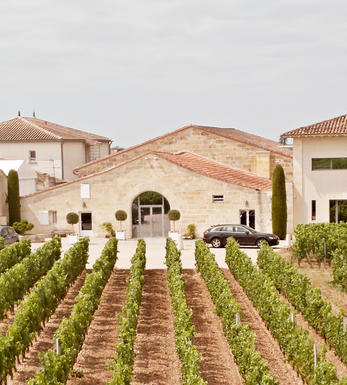
Pomerol
Pomerol is the smallest of Bordeaux's major appellations, with about 150 producers and approximately 740 hectares of vineyards. It is home to many bijou domaines, many of which produce little more than 1,000 cases per annum.
Both the topography and architecture of the region is unremarkable, but the style of the wines is most individual. The finest vineyards are planted on a seam of rich clay which extends across the gently-elevated plateau of Pomerol, which runs from the north-eastern boundary of St Emilion. On the sides of the plateau, the soil becomes sandier and the wines lighter.
There is one satellite region to the immediate north, Lalande-de-Pomerol whose wines are stylistically very similar, if sometimes lacking the finesse of its neighbour. There has never been a classification of Pomerol wines.
Recommended Châteaux : Ch. Pétrus, Vieux Ch. Certan, Le Pin, Ch. L’Eglise-Clinet, Ch. La Conseillante, Ch. L’Evangile, Ch. Lafleur, Trotanoy, Ch. Nenin, Ch. Beauregard, Ch. Feytit-Clinet, Le Gay.
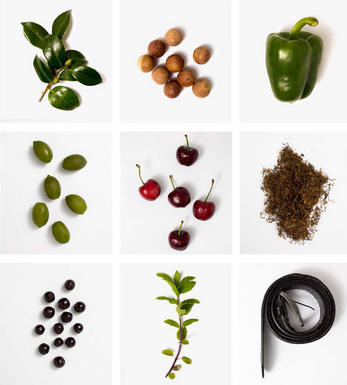
Cabernet Sauvignon Blend
Cabernet Sauvignon lends itself particularly well in blends with Merlot. This is actually the archetypal Bordeaux blend, though in different proportions in the sub-regions and sometimes topped up with Cabernet Franc, Malbec, and Petit Verdot.
In the Médoc and Graves the percentage of Cabernet Sauvignon in the blend can range from 95% (Mouton-Rothschild) to as low as 40%. It is particularly suited to the dry, warm, free- draining, gravel-rich soils and is responsible for the redolent cassis characteristics as well as the depth of colour, tannic structure and pronounced acidity of Médoc wines. However 100% Cabernet Sauvignon wines can be slightly hollow-tasting in the middle palate and Merlot with its generous, fleshy fruit flavours acts as a perfect foil by filling in this cavity.
In St-Emilion and Pomerol, the blends are Merlot dominated as Cabernet Sauvignon can struggle to ripen there - when it is included, it adds structure and body to the wine. Sassicaia is the most famous Bordeaux blend in Italy and has spawned many imitations, whereby the blend is now firmly established in the New World and particularly in California and Australia.


Buying options
Add to wishlist
Description
Tasted at Justerini & Brooks agency tasting in London. The Chteau Lafleur 2000 is a monumental wine. Imagine a Harley Davidson thundering down the tarmac. Wouldn't you want to get on? It has an extremely intense, but ineffably pure nose with more mineral expression than the Lafleur 1995. It has loosened up a little since I last tasted it, but I concur with Robert Parker that if I were lucky enough to have some of these in my cellar, I would wait until 2020 to experience the wine at its plateau. Allowing the wine to open over 30 minutes, I notice an almost flinty scent developing on the bouquet. The palate is medium-bodied, crystalline and symmetricaleverything beautifully focusedalmost Left Bank in texture. This had a firm backbone, but that is becoming more flexible in recent years, and it fans out with consummate ease on a finish that is so long that it makes War and Peace seem like a short read. This is simply magnificent. Tasted February 2015.
Neal Martin - 30/06/2016
wine at a glance
Delivery and quality guarantee